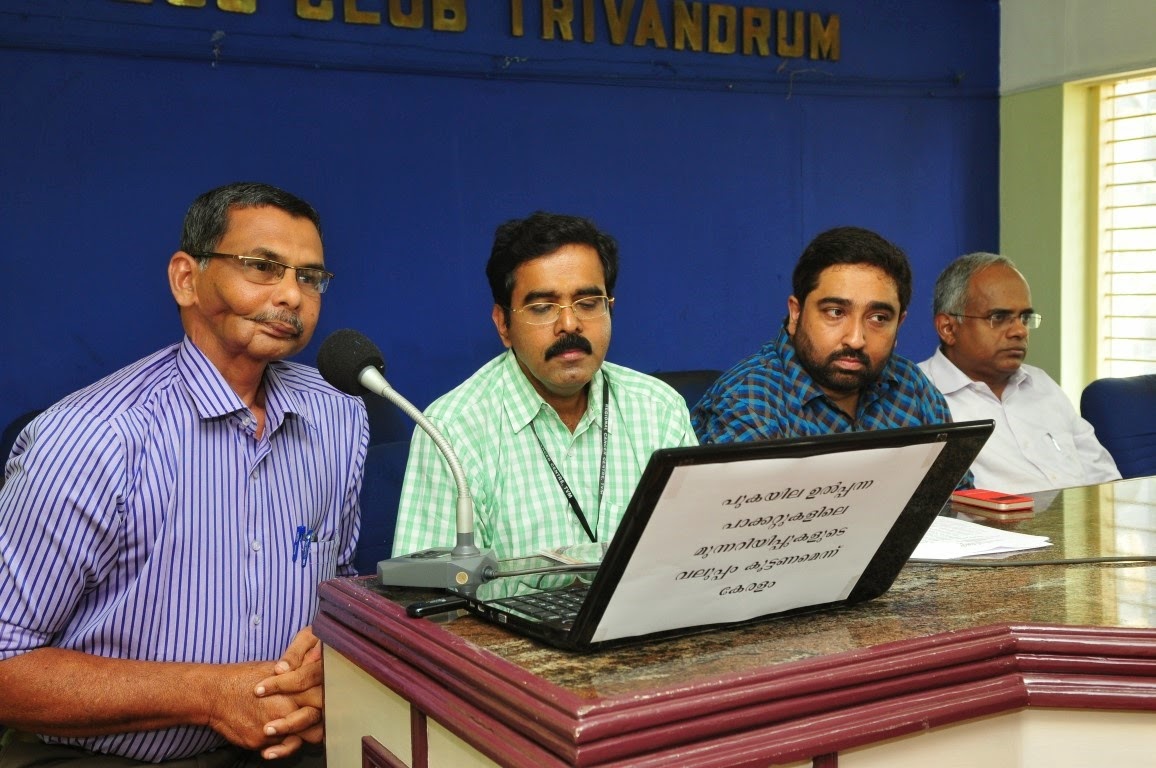The fifth edition of Tobacco Atlas has revealed that smoking rates have marginally gone down among Indian men between 2009-10—as per Global Adult Tobacco Survey figures—and 2013, but there has been an almost proportionate increase in the number of women smokers.
The Atlas, which was unveiled on sidelines of the 16th World Conference on Tobacco or Health, details the scale of what it calls “tobacco epidemic”, track its harmful effects on health, poverty, social justice and environment, the progress being made on tobacco control and machinations of the industry to counter those measures. It has been brought out by World Lung Foundation and American Cancer Society.
Using 2013 figures, the Atlas estimates that about 23.2 per cent of adult males in India smoke.
The Global Adult Tobacco Survey (GATS) fact sheet for India for 2009-10 estimated 24.3 per cent of Indian males smoked. The female smoking rates as estimated by the Tobacco Atlas is 3.2 per cent, marginally higher than the GATS figure of 2.9 per cent. The Atlas estimated that 25.9 per cent of Indian adults— roughly one in every four— use smokeless tobacco.
India’s tobacco control initiatives and the move to ban gutkha have been praised, but the Atlas, by admission of its authors, does not make an accurate estimate of the smokeless tobacco problem in the country because of lack of authentic data.
The trend of increase in female smoking rates, meanwhile, is a global one with some rare exceptions like Japan where rates have stayed constant over the years. The Atlas estimates that lung cancer is now killing more women than breast cancer and smoking rates are particularly increasing among young girls in many countries.
The Atlas said that according to the WHO, with $5 per person per year, India will be able to pay for the four best buys in tobacco control policy—raising tobacco excise taxes, enforcing a comprehensive national smoke-free law, a ban on tobacco advertising and promotion and mandating large graphic warning labels appear on tobacco product packaging. “This small investment will reap enormous dividends in health and prosperity,” it said.
To download India fact sheet, click here



.jpg)

